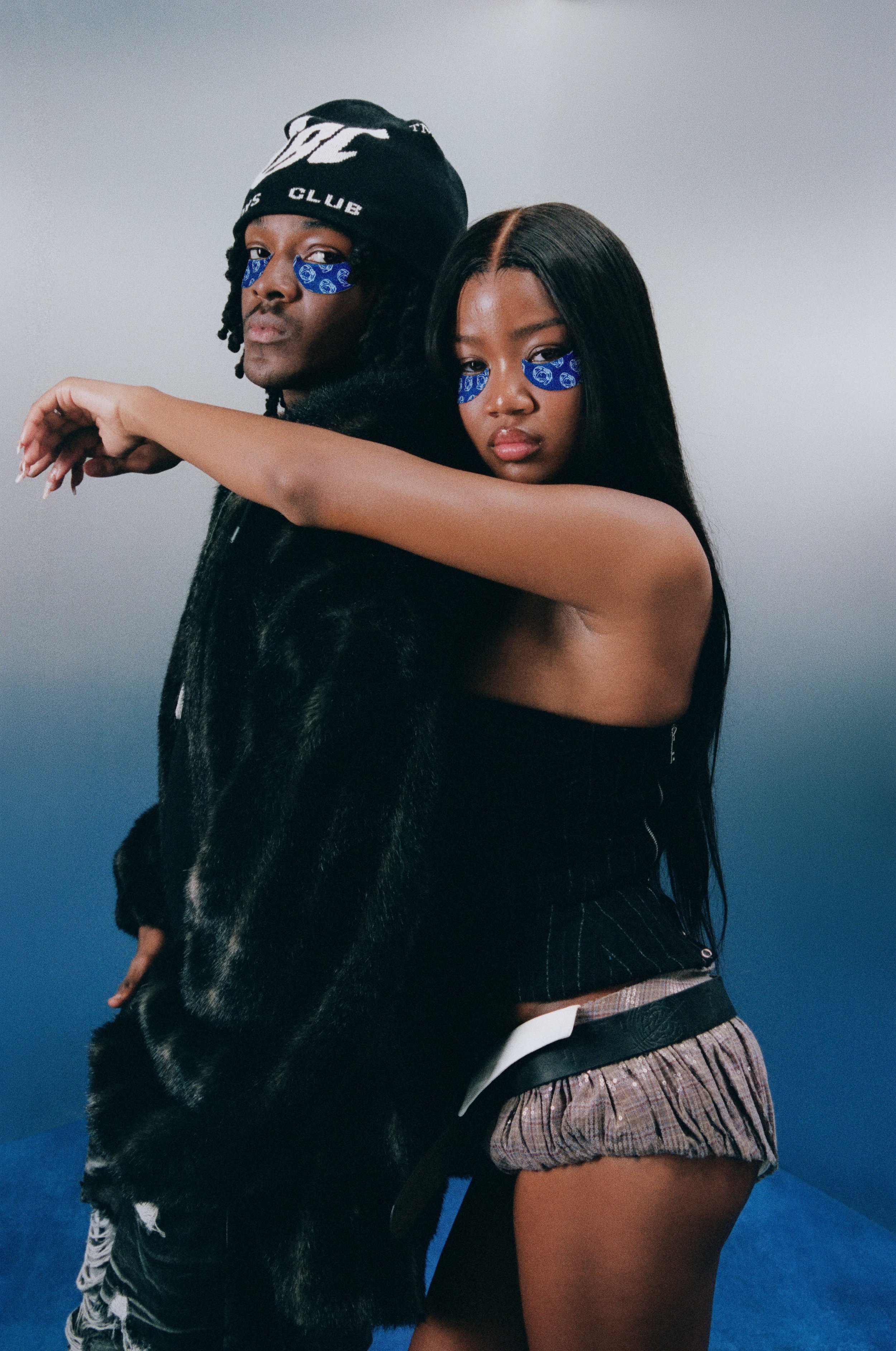West Indian Inspired Photography Is More Than Just A Vibe, It's Intrinsic Style
Where are you willing to travel for new and inspired looks? Are you willing to hit the West Indian islands or Carnival for the photography vibes?
Caribbean fashion is underserved as a category and has been for years. In 2001, the launch of Caribbean Fashion Week highlighted Caribbean fashion and style for the first time at the Hilton hotel in Kingston, Jamaica.
Attention has been drawn to what Caribbean culture has to offer the global fashion industry by fashion icons like Bajan pop-star Rihanna.
Photography of West Indian fashion may seem few and far between as we instinctively imagine swimsuits and straw hats when thinking of our style on islands just south of Florida.
Photo by Melissa Alcena
In 1685, French King Louis XIV passed the Black Code [Code Noir] legislation in French colonies in the Caribbean region. Part of this legislation gave slaves the right to purchase fabric, becoming seamstresses and tailors in the process.
Creole-style followed some time afterward, creating a melting pot of Caribbean culture and European fashion.
Traditionally, feathery costumes are worn by the many who “play mass” and participate in the festivities. You could be hitting the road of the festival as the trucks and people parade down the music-filled streets - if you have ever been to a Carnival.
Photo by Renell Medrano
Men and women of the islands have always adorned the color of the indigenous lands. More color came with the many cultures that settled there, including the most prominent in the Caribbean, the people of African lineage.
Intrinsically, the Caribbean people adapted and acquired distinct styling from other cultures including, Indigenous cultures, Indian and Asian cultures, not to mention the European influence.
Lightweight fabrics, plaid designs, bright patterns, and color on top of color are ever expressing the happiness of the surviving history. And survived is the photography of the style that has come from the West Indian culture.
Photo by Seleen Saleh
Even for men, Caribbean street style has been identifiable with straw style hats from Ecuadorian influences. Fabrics like linen continue to be a favored textile for their lightweight feel in tropical weather.
Most familiar is the Guayabera shirt, notably from Cuba, which has been a tourist staple for decades, especially within travel photography. The 70s brought about Bob Marley and his affinity for modern details of tracksuits, expressive t-shirts, and fitted denim. Other men adapted suiting styles.
Photographers may focus their lens on the beach scenes that the Caribbean implies. These photographers have made the essence of the Caribbean sartorial diaspora, and the people, their focus numerous times through their lens.
These creatives capture a glimpse into the ever-evolving Caribbean street style and fashion.
Melissa Alcena
The Bahamian portrait and documentary photographer based in Nassau captures every day of the people that inhabit the island.
A Realist view of the lifestyle that exists, Melissa Alcena reflects on the livelihoods and conveys the daily style of the people living in the Bahamas.
Renell Medrano
Born and raised in the Bronx, Renell Medrano knows the melting pot of Caribbean culture in New York City. Her Dominican heritage can speak to that, and her photography has exemplified her attraction for the Caribbean diaspora.
In a recent Aimé Leon Dore campaign, Medrano was commissioned to photograph the Spring-Summer 2020 collection in Kingston, Jamaica.
Jamel Shabazz
Jamel Shabazz was born in 1960, in Brooklyn, NY, and started photographing street style at the age of about 15 years old.
Shabazz grew up just around the time that the West Indian Day parade or the Labor day parade had just moved from Harlem to Crown Heights, Brooklyn, in 1964.
Shabazz photographs for fashion, fine art, documentary, and street style purposes. Known mostly for his hip-hop culture photography, Shabazz displays a pure passion for West Indian culture through his enormous body of work he created over the past 40 years.
Seleen Saleh
With her new book out titled Street Culture, photographer Seleen Saleh highlights the street style of black people across the city of New york.
Capturing the many influencers and stylists, Saleh has a keen eye for bright colors, color blocking, patterns, and “funky pieces” as she likes to call them.
“For me, my favorite style is authentic and true to the person I am photographing.”
- Seleen Saleh
Alex Welsh
Alex Welsh was fortunate enough to attend Reggae SumFest, in Montego Bay, Jamaica, back in 2017, where he photographed festival-goers.
While there, Welsh captured attendees and performers, like, the king of the Dancehall, Beenie Man, and culture-reggae legend, Capleton. F
ocused on the subjects in all their sartorial glory, Welsh provides an unfiltered lens to the authentic street style of the Jamaican people.
Wayne Tippetts
Wayne Tippetts started his “street” West Indian photography journey in the 1980s. He began by capturing the Dancehall scene in the UK and the raw experience of the Jamaican Dancehall vibe.
Following the movement into the 2000s, Tippetts refocused his lens on street style and has since been documenting the evolution the Caribbean style has undergone as it assimilates in urban communities.
IN PARTNERSHIP WITH KULTURE HUB
HOW DO YOU FEEL ABOUT FASHION?
COMMENT OR TAKE OUR PAGE READER SURVEY
Featured











Miami Art Week 2025 Powered by Art Hearts Fashion closed out the year with a high-impact, citywide series of runway shows, designer debuts, and star-studded events across Miami’s most iconic venues, celebrating global creativity, inclusivity, and the intersection of fashion, art, and culture.